Holiday House Safety Tips
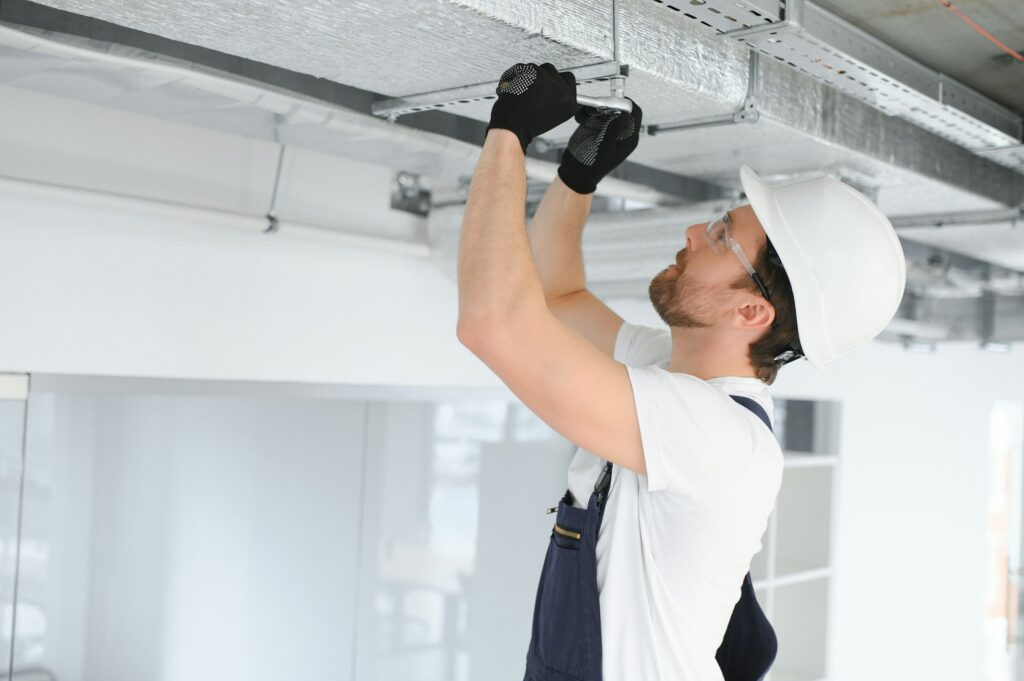
HOLIDAY HOUSE SAFETY TIPS The time we look forward to all year has finally arrived. The holidays are wonderful for many different reasons, but it certainly can be a busy time of year. Between wrapping presents and preparing a holiday feast it’s easy to let your guard down. They are a few precautionary steps you […]
Important Sensors For Your Home
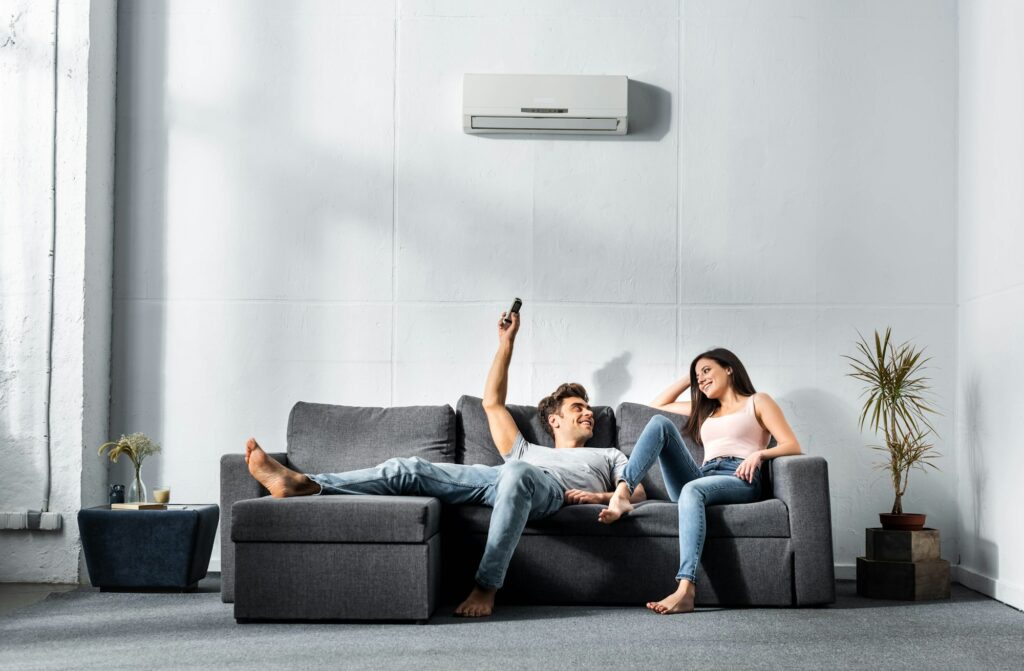
As a homeowner, you probably understand how much maintenance is required just to keep everything up and running, but sometimes it can seem overwhelming – especially when it comes to utility bills and unexpected repairs. Luckily, with technology today, there are a number sensors you can invest in to make life just a little bit easier. Here […]
Hvac Safety Tips For Kids
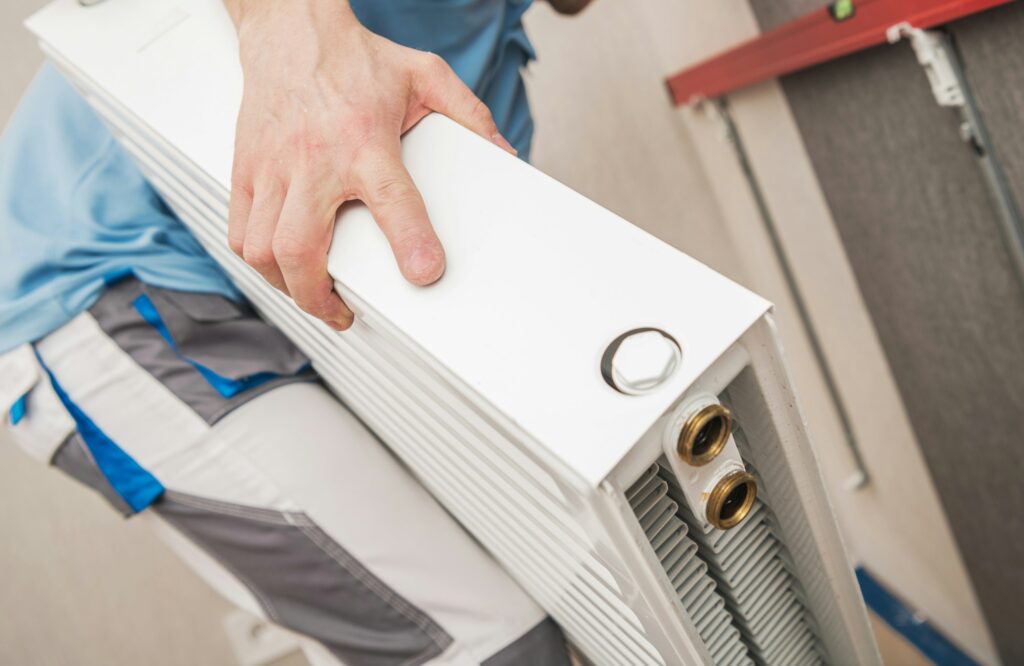
With back to school just around the corner it’s time we start thinking about our children’s safety. This can mean a number of things to parents, but have you ever considered including HVAC as part of your safety procedures? One area of safety that is often overlooked is the heating and cooling equipment in our […]
Reduce Home Heat Loss

As the temperatures start warm, you probably aren’t worried about heat loss in your home, but do you remember the long winter that is finally ending? Do you remember the heating bills? Timmins is famous for its winters, so it’s no surprise that efficient home heating can be a major concern. But how do you […]
How & Why To Test And Maintain Your Co2 Detector?
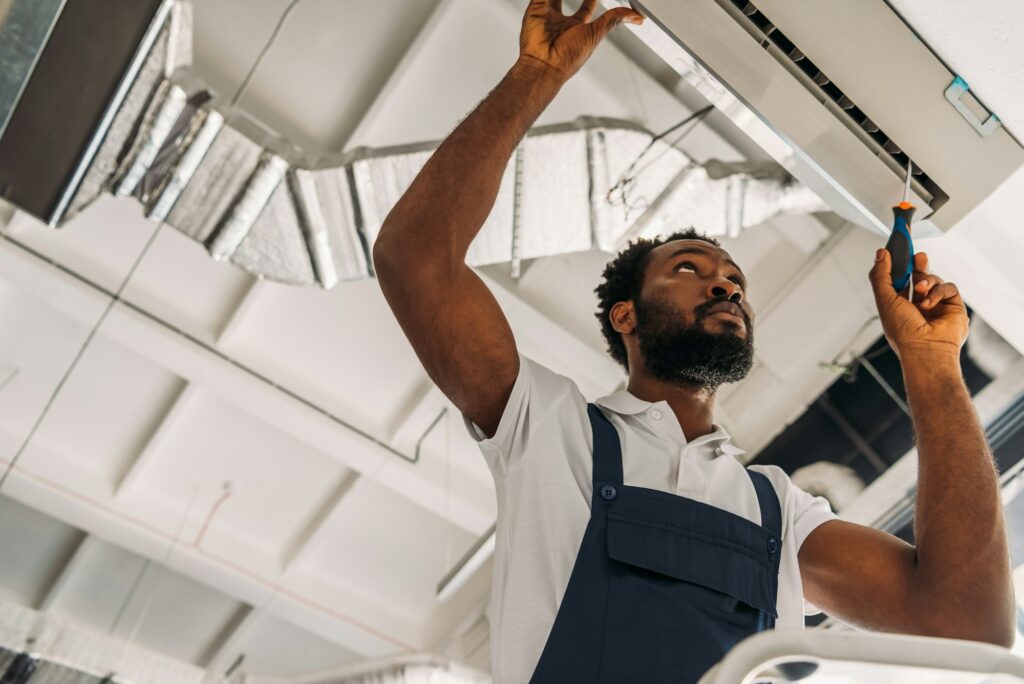
It’s sad to say, each year, in Canada, more than 50 people die from carbon monoxide poisoning. In addition, hundreds more are hospitalized and may end up permanently disabled. There is no question that carbon monoxide poisoning is a serious issue, especially since almost 90% of Canadian homes have at least one thing that can […]
Cheap Tricks To Reduce Your Energy Bill This Winter
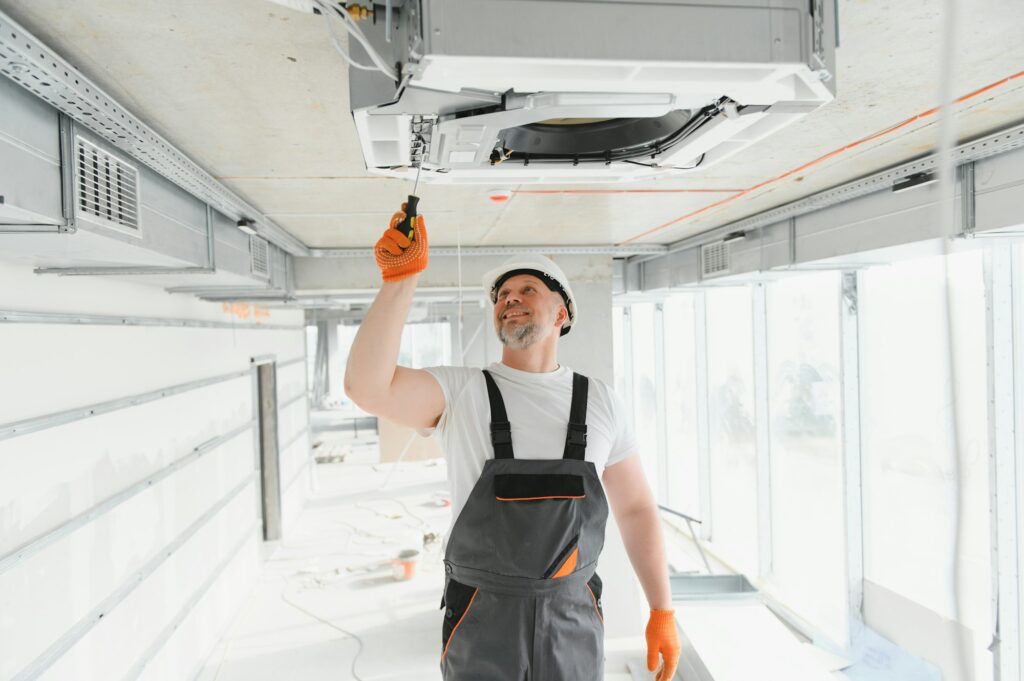
If you’re like most homeowners, you’d love to be able to reduce your energy bills in the winter without having to spend a lot of money. As the temperatures drop and that furnace kicks into high gear for several months, your energy bills can become uncomfortable. Having an energy-efficient home will give you peace of […]


